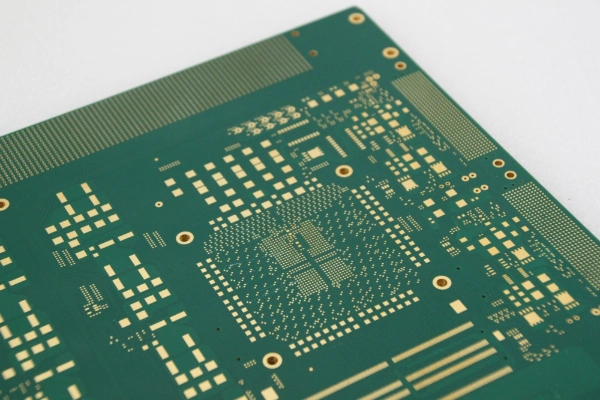Concrete blocks, also known as cinder blocks, are widely used in construction projects due to their durability and versatility. However, the question of what to fill these blocks with often arises. In this blog post, we will explore the best options for filling concrete blocks, considering factors such as insulation, strength, and cost-effectiveness. By the end, you will have a clear understanding of the optimal fillings for your concrete blocks.
- Expanded Polystyrene (EPS) Foam:
EPS foam, commonly known as Styrofoam, is an excellent choice for filling concrete blocks. Its lightweight nature provides insulation, reducing heat transfer and enhancing energy efficiency. Additionally, EPS foam is resistant to moisture, mold, and pests, ensuring long-term stability. This cost-effective option also contributes to soundproofing, making it ideal for residential and commercial applications. - Perlite Concrete:
Perlite, a volcanic glass, is another remarkable filling material for concrete blocks. When mixed with cement, it forms a lightweight and insulating concrete. Perlite concrete offers excellent thermal insulation, fire resistance, and sound absorption properties. Moreover, it is readily available and affordable, making it a popular choice in construction projects. - Vermiculite:
Vermiculite, a natural mineral, is an exceptional option for filling concrete blocks. Similar to perlite, it creates a lightweight and insulating concrete mixture. Vermiculite concrete provides excellent fire resistance, sound absorption, and thermal insulation. Its moisture retention properties also contribute to improved indoor air quality. Although slightly more expensive than perlite, vermiculite offers superior insulation performance. - Recycled Materials:
In recent years, the use of recycled materials as fillings for concrete blocks has gained traction. Materials such as crushed glass, recycled rubber, and recycled plastic pellets can be used to fill the blocks. These options not only reduce waste but also provide insulation and strength. However, it is crucial to ensure that the recycled materials meet the necessary quality standards and do not compromise the structural integrity of the blocks. - Aerated Concrete:
Aerated concrete, also known as cellular concrete, is a lightweight and highly insulating material suitable for filling concrete blocks. It is produced by introducing air bubbles into a cementitious mixture, resulting in a cellular structure. Aerated concrete offers excellent thermal insulation, fire resistance, and soundproofing capabilities. While it may be slightly more expensive, its superior insulating properties make it a worthwhile investment.
Conclusion:
When it comes to filling concrete blocks, several options offer insulation, strength, and cost-effectiveness. Whether you choose EPS foam, perlite concrete, vermiculite, recycled materials, or aerated concrete, each option has its unique advantages. Consider your specific requirements, budget, and project goals to determine the best filling material for your concrete blocks. By making an informed decision, you can optimize the performance and longevity of your construction project.






